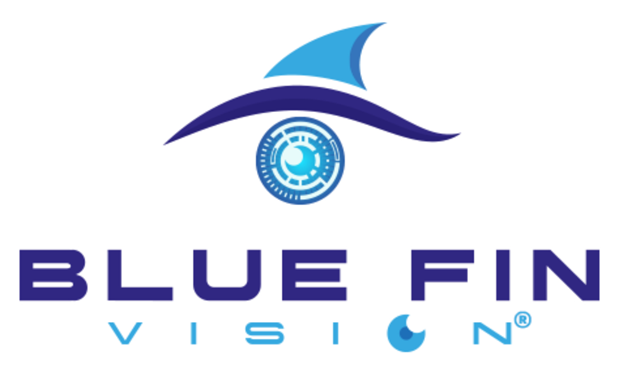Refractive Lens Exchange versus Cataract Surgery: Knowledge the Differences
Refractive Lens Exchange versus Cataract Surgery: Knowledge the Differences
Blog Article

Improvements in ophthalmology have changed just how we appropriate vision. From laser-based procedures to intraocular Lens alternatives, people nowadays have a wide variety of options designed for their personal aesthetic needs. Among the absolute most prominent techniques are Refractive lens exchange.Each treatment acts a specific function and is suitable for various age groups, Eye problems, and lifestyle preferences.
Lens Replacement Surgery and Refractive Lens Exchange are tightly connected practices applied primarily for individuals around 40 that are encountering presbyopia or aren't ideal individuals for laser vision correction. In this technique, the natural Lens of a person's eye is changed with an synthetic intraocular Lens (IOL) to enhance focus and lower dependency on cups or contact lenses. It is particularly necessary for patients with large refractive problems or those buying a long-term option that also eliminates the chance of potential cataract development.
ICL Surgery involves the implantation of a smooth, flexible Lens behind the iris and facing the organic lens. Unlike Lens Replacement, ICL does not take away the natural Lens, making it a reversible procedure. It is extremely ideal for younger people with slim corneas or people that have average to high examples of nearsightedness that are not excellent candidates for LASIK or PRK. Among the essential features of ICL could be the preservation of corneal tissue, which is often vital for long-term ocular health.
Cataract Surgery is often done once the organic Lens becomes clouded, usually due to aging. During this procedure, the cloudy Lens is removed and changed with a definite IOL. Scientific improvements have created cataract surgery safer, faster, and more specific, usually improving equally perspective quality and overall quality of life.
Laser Eye Surgery, including LASIK, continues to be among the most popular techniques for correcting refractive mistakes such as for instance myopia, hyperopia, and astigmatism. LASIK requires reshaping the cornea employing a specific laser to allow gentle entering a person's eye to be correctly concentrated onto the retina. The answers are typically immediate, and healing instances are short. LASIK is ideal for people with stable solutions and sufficient corneal thickness.
Choosing the right perspective correction process depends on a few facets, including age, prescription, corneal health, lifestyle, and particular expectations. A thorough Eye examination conducted with a competent ophthalmologist is important in deciding the most suitable treatment path.
In conclusion, contemporary perspective correction procedures are secure, powerful, and extremely customizable. Whether you are seeking to get rid of your dependence on helpful lenses or handle age-related improvements in perspective, today's sophisticated medical options present reliable and sustained results. With the proper evaluation and guidance, obvious vision could be a fact for a wide variety of individuals. Report this page